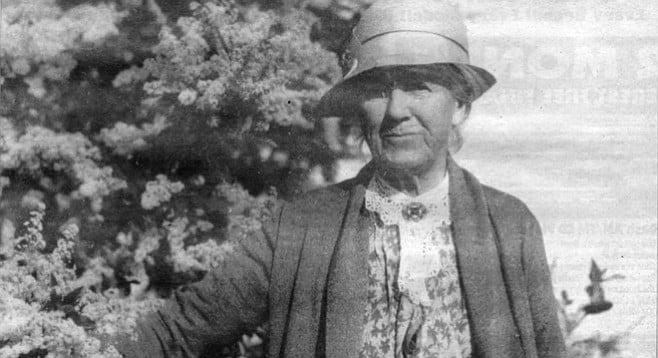
Kate Sessions c. 1932. “She was a very forceful, dominant person. She had a strong voice. She was able to get across her ideas in a very forceful way.”
- In early 1960, the man who created Perry Mason was introduced to an Imperial Beach resident named Francisco Muñoz. Erle Stanley Gardner had many friends, and he particularly liked Mexicans, but the friendship that developed between him and Muñoz appears to have ranked among the most cherished of both men. By 1962 Muñoz had become a main character in Gardner’s travel books and his abettor in adventures like this one, recounted by Gardner in The Hidden Heart of Baja.
- By Jeannette DeWyze, Sept. 21, 1995

Francisco Muñoz and his Baja Airlines planes, c. 1950s. By 1962 Muñoz had become a main character in Gardner’s travel books.
- The Rolling Stones converted me to rock and roll (Beach Boys and Beatles had been tempting me too, but the Stones and the Kinks convinced me and made it all right), and Sonny Boy Williamson died and the Paul Butterfield Blues Band came to town. I was at the 47 all three nights.
- By Paul Williams, Sept. 7, 1995
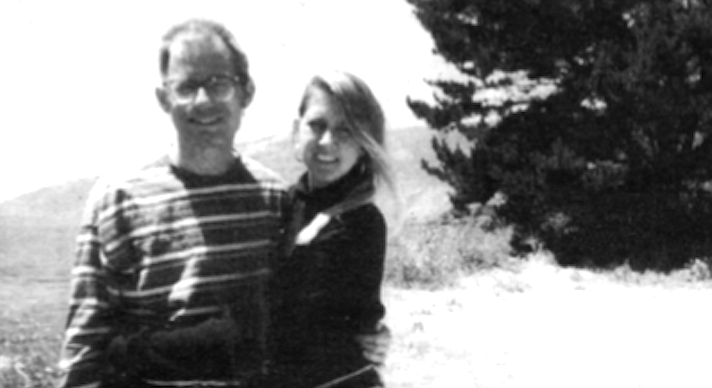
Big Sur, 1995. I met my current life companion, Cindy Lee Berryhill, at a Dylan concert in 1992.
- Danang forever burns in the brains as first and last tastes arrived here (quickly sent north). A quick trip... less’n 6 months of a 13-month tour...leaving a permanent aftertaste. Here, six or so hundred miles north of Saigon, is where the first U.S. Marines splashed ashore; and here they quickly established the most heavily defended city in the American War (as the Vietnamese call it).
- By Ray Westberg, Aug. 31, 1995
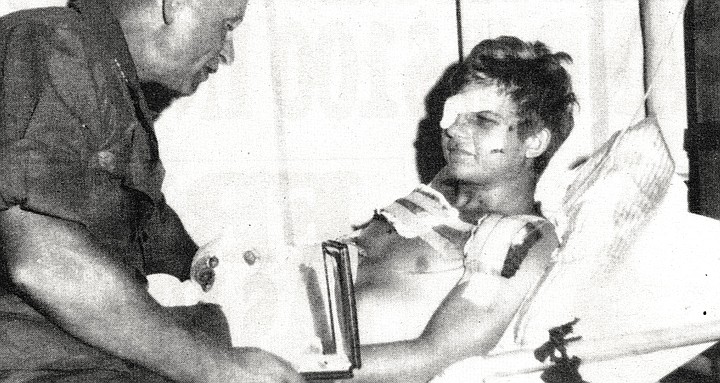
Author receiving Purple Heart from Army General Stillwell. You’re sure your leg is blown off, has to be, one arm doesn’t work your “good” hand...part of your finger missing, grab your face...nothing....
- Her garden grows in a quarter-acre bowl of sandstone at the northwest end of the Del Mar bluff. Plants grow in terraces as if forming a colorful conch washed ashore after growing to maturity on a fantastic reef, the same reef that may have spawned the garden of a Vita Sackville West in England, hillside gardens on the Amalfi coast, or Santa Barbara’s estates.
- By Peter Jensen, Aug. 17, 1995

Frances and John Lloyd Wright. At lunch Pat is always joined by her husband, retired superior court judge Louis Welsh, whose parents, Frances and John Lloyd Wright (son of Frank Lloyd Wright), both now deceased, lived next door.
- “They like to carry the 9mm handgun,” Officer Roy moody says. He's talking about Lao and Cambodian gang kids. “And, of course, they do like the semi automatic rifles like AK-47s, even though we haven't seen an AK-47 in a while."
- By Frank Chin, July 27, 1995
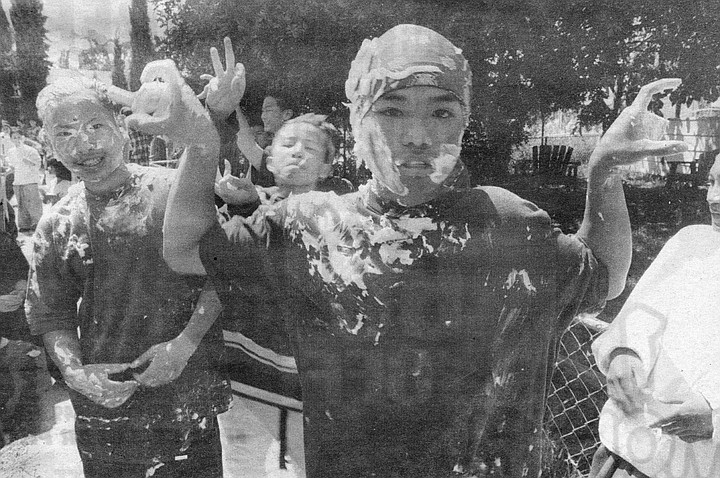
Laotian boy flashes OKB sign. "A lot of TOC and OKB (Oriental Killer Boys) they’re relatives from Linda Vista and Chollas View area."
Photo by Sandy Huffaker, Jr.
- "We use more discriminating intelligence when we buy a used car than when we buy a religion,” says philosophy professor and cult-buster David Christopher Lane. “Buying a used car you at least look underneath the hood, hit the tires, maybe take it to a mechanic to check it out. But in buying a religion, you’re supposed to wear these narrow blinders, so that if anybody disagrees you can block it out.
- By Dodie Bellamy, June 22, 1995
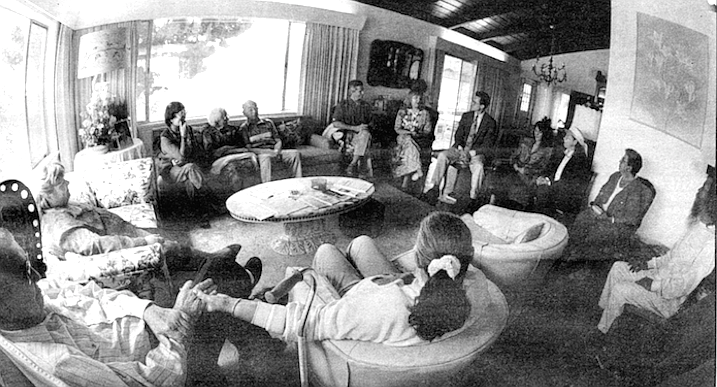
Recent local Eckankar meeting. Eckankar took off like wildfire, growing from three students to thousands in less than three years.
- It was during a midafternoon lunch at the Fish Factory several months ago that I'd learned the scuttlebutt was much more than rumor. My mess-mate and source — let's call him Jack Straw from Wichita — was a retired SEAL enlisted man who knew firsthand how a not-so-merry band of SEAL pranksters in the hire of Koch had gathered intel he'd used to snatch the cup. Jack had been so close to the action that I'd classify him and his info A-1 if I were using the Navy code for such matters.
- By Bill Salisbury, May 4, 1995
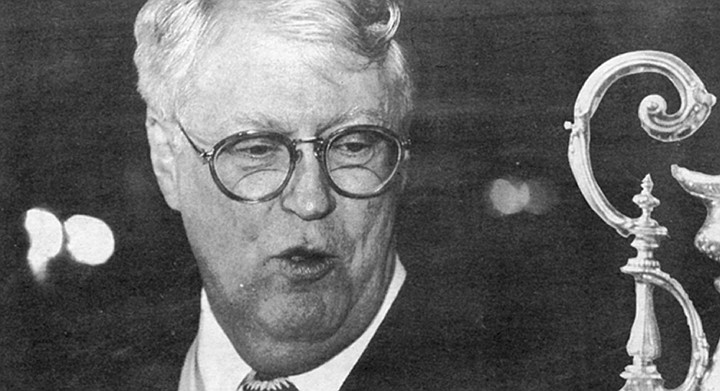
Bill Koch. Vanity Fair was the first I'd read about Koch's use of SEALs to spy on America's Cup competitors.
Photo by Robert Burroughs
- “At the present time all of my students are adults, professional people who want to enrich their lives through music,” says Donna Clitsome, a San Diego native who has taught piano here for 36 years. “This has happened during the past 4 years,” she adds, “though I don’t know exactly why. I used to work with children, too, but these older adults work harder than any kids I ever had.”
- By David Burge, April 27, 1995
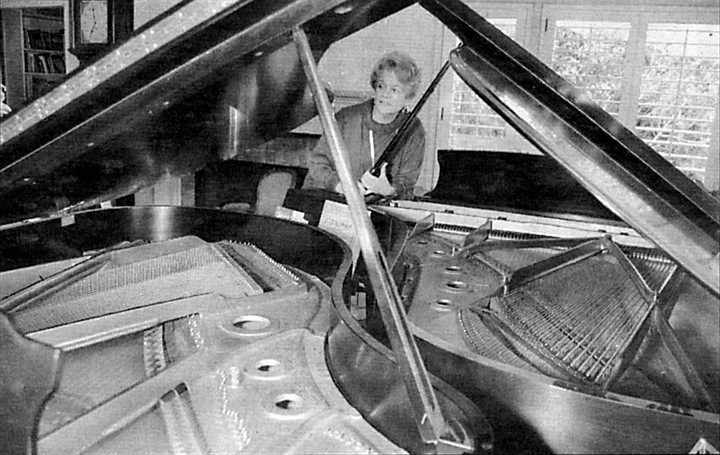
Susan Dramm: “Very few of my friends have pianos anymore.”
- To get to Coronado, where Kate had her first nursery (with two partners) and ran the florist shop at the Hotel Del Coronado, Kate would have taken the ferry. Her white horse, Charlie, who made the round trip at least once a day, got so wobbly from seasickness as soon as he stepped onto the ferry that Alice Rainford, Kate's devoted assistant, feared he'd fall down between the traces. Once on shore, he acted like a colt.
- By Phyllis Orrick, April 13, 1995
- I wasn’t at Muni to play. I wanted to watch and pay my respects to a great gym and some equally great players. I ran at Muni a few times when I first arrived in San Diego, back when I was 30 and still liked a little bloodletting. Playing pickup ball at Muni is like saying you bodysurfed the Wedge in Newport Beach on a big day. Maybe you did it only once. If you play pickup basketball, you must pay your dues at Muni, just as Walton did when he was young.
- By Peter Jensen, April 6, 1995

Maybe sneak out of work around 11:15, tell the receptionist Big Meeting, Won’t Be Back Until Two Or So, and see who’s runnin’ at the downtown Y at noon on what is probably the oldest floor in the county.
- The people who grow the flowers overlooking the freeway in Carlsbad did something last spring that diverged from San Diego floricultural tradition: they encouraged the public to come onto the growing grounds. An estimated 125,000 people responded between March and early May of 1994, and upon many of them the ranunculus flowers cast an eerie spell.
- By Jeannette DeWyze, March 9, 1995
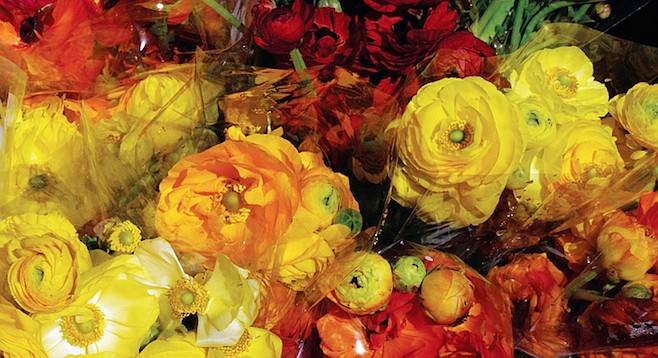
Ranunculus need a mild winter climate and sandy soil.
- She returned home from a half day of school on Thursday, October 3, 1991. She dropped off her backpack full of school books and changed her clothes. She left her North Park apartment, rode her lavender-and-pink Huffy bicycle down Landis Street, and disappeared. Eleven days later, she was found in the bottom of a canyon at 32nd Street and Redwood, wrapped in a blanket, murdered at the age of nine.
- By John Brizzolara, March 2, 1995
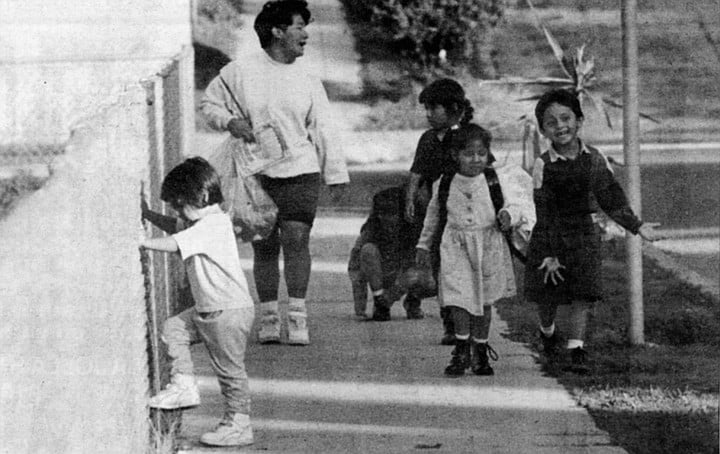
Kids walking by fence where Amanda was found in canyon below
Photo by Sandy Huffaker, Jr.
- It is 12:25 a.m. at the Community Concourse parking structure at Second and Ash. No cops in sight. Tattooed thrashers and slalom skaters pour from the elevator, wielding boards and attitudes. The scene is something from a science fiction movie: Civilization has collapsed, and roving bands of predatory youth race on steel wheels over the cities’ abandoned infrastructure, beneath jaundice-colored fluorescence and to a death-metal soundtrack.
- By John Brizzolara, Feb. 9, 1995
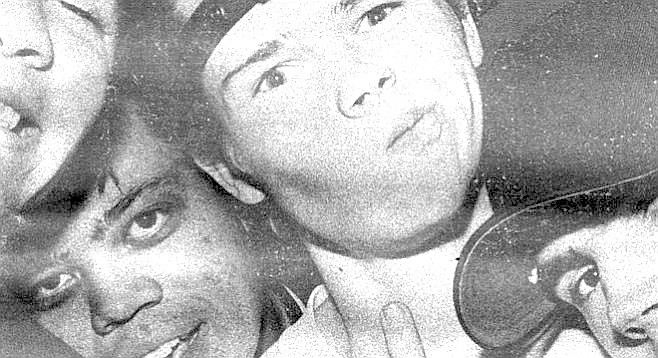
Most people imagine someone who says ‘dude’ a lot.
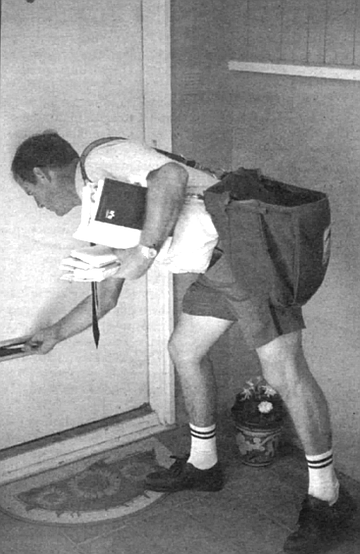
Al McGraw: “I’ve worked with over 100 supervisors, and I can count all the good supervisors on one hand."
- Now and then he stops the car, points to a mailbox, and quizzes me, “Now which house do you think that mailbox belongs to?” More often than not, I can’t tell. We drive through a neighborhood in which every house had a mail slot in the door, but each door is ten steps up and 50 feet from the sidewalk. “It doesn’t seem too bad when you look at one, but try doing 700 of them five days a week,” he says.
- By Ernie Grimm, July 13, 1995
- I became a Trappist novice at 17. After high school I read — and was dyed the color of, so to speak — Thomas Merton’s autobiography, The Seven-Storey Mountain (1948), his highly readable, frank (although we later found out it had been badly bowdlerized), and even at times Holden Caulfield-ish confession of an empty, unfulfilled life that led him in 1941 to God and to the doors of a Cistercian monastery in Kentucky.
- By Alexander Theroux, Dec. 21, 1995
- Creative illiteracy, of course, goes back even before 1945, to the very beginnings of rock ‘n’ roll — long before pop music became whitened and mechanized. Cootie William’s “Juicehead Blues.” Rufus Thomas’s “Bear Cat.” John Lee Hooker’s “Crawling Kingsnake.” “Rocket 88” by Jackie Brenston and His Delta Cats.
- By Alexander Theroux, July 20, 1995
 Facebook
Facebook
 X
X
 Instagram
Instagram
 TikTok
TikTok
 Youtube
Youtube




























